Retro Replay Review
Gameplay
Destruction Derby: Arenas brings you back into the driver’s seat of a high-powered, wreck-ready vehicle with the simple—but utterly addictive—goal of crossing the finish line while pulverizing your opponents. Unlike traditional racers, the emphasis here is on carnage: each collision not only slows you down but also visually deforms your car in real time, making each lap an unpredictable challenge. Veteran players of the PS1 originals will immediately feel at home, but the PS2 hardware allows for much more dynamic wreck sequences and faster, more responsive controls.
(HEY YOU!! We hope you enjoy! We try not to run ads. So basically, this is a very expensive hobby running this site. Please consider joining us for updates, forums, and more. Network w/ us to make some cash or friends while retro gaming, and you can win some free retro games for posting. Okay, carry on 👍)
The physics engine has seen a remarkable upgrade, creating more nuanced collision reactions. Bash into another car at the right angle and send it spinning—ram it wrong, and you might find your own chassis crumpled. Tracks range from cramped industrial arenas to sprawling quarry courses, each designed to encourage risk-taking and spectacular crashes. The handling balances raw power with arcade accessibility, meaning newcomers can latch on quickly, yet mastering slide angles and boost timing still offers depth for experienced drivers.
Arenas’ standout feature is its robust online play, which at launch supported up to 20 racers in a single match. Though the official servers shut down in June 2008, the thrill of multiplayer destruction is woven into the design of every mode. Demolition Derby, Last Car Standing, and Race variants all reward aggressive tactics. Custom lobbies and private matches added longevity and community buzz, making it easy to gather friends for chaotic evening sessions or organized tournaments.
Graphics
On the PS2, Destruction Derby: Arenas shines with a much-improved graphics engine over its predecessor. Vehicle models are sharper, boasting higher polygon counts and more detailed textures. Even at high speeds, you’ll notice road grime creeping across your hood and crumpled metal reflecting sunlight as panels buckle and tear. The arenas themselves are richly detailed, featuring dynamic elements like moving cranes, flickering floodlights, and debris fields that further accentuate the sense of real destruction.
The game also employs dynamic lighting and particle effects to dramatic effect. Sparks fly on impact, dust clouds billow from angry skids, and smoke trails follow damaged engines for several harrowing seconds. The frame rate remains impressively stable even in the thick of a 20-car online free-for-all—an area where many early PS2 racers struggle. These visual enhancements create a highly immersive spectacle that keeps you glued to the screen, cheering on each glorious smash-up.
Track variety goes hand in hand with graphical flair: neon-lit city arenas, dusty demolition yards, and industrial wastelands feel uniquely realized. Subtle weather effects—such as evening fog or midday glare—add environmental challenge without sacrificing performance. Overall, the visual presentation strikes a fine balance between gritty realism and arcade-style flair, ensuring every collision looks as good as it plays.
Story
As with most arcade-style demolition racers, Destruction Derby: Arenas does not rely on a deep narrative to propel the experience. Instead, it delivers a straightforward premise: survive and dominate the demolition circuit. There’s no sprawling plot or cutscene drama—just the visceral thrill of metal on metal. While some players may miss a storyline-driven career, the minimalist approach ensures the focus never strays from high-octane action.
Career mode functions as a loose framework rather than a tightly woven tale. You progress through increasingly challenging leagues and unlock new arenas and vehicles by earning prize money and completing specific objectives. Each tier introduces new hazards and track quirks, giving a sense of advancement without bogging you down in backstory. The progression curve is satisfyingly paced, rewarding aggressive play while steadily ramping up difficulty.
Character and car customization are modest but effective. You can tweak vehicle liveries, choose from a variety of pre-set decals, and upgrade engine performance metrics. While these options don’t weave into an overarching narrative, they offer a personal stamp on your ride as you climb the ranks. The lack of plot-heavy sequences is a trade-off for uninterrupted demolition madness—and for fans of pure gameplay, it’s a choice that pays off.
Overall Experience
Destruction Derby: Arenas captures the spirit of the original PS1 titles while leveraging PS2 technological muscle to deliver bigger crashes, richer visuals, and deeper physics interactions. Whether you’re smashing rivals in a local split-screen match or diving into legacy online lobbies via fan-run servers, the game consistently delivers heart-pounding destruction. Its pick-up-and-play design makes it perfect for late-night couch co-op sessions or adrenaline-fueled solo spawns against the AI.
While the online servers officially closed in 2008, the core gameplay remains a compelling draw. The seamless balance between racing objectives and demolition scoring keeps each event fresh: should you push for first place or detour for a high-impact T-bone? The answer changes every lap, making every race a nail-biter. The variety of modes—from traditional circuit racing to Last Car Standing—ensures you can tailor your session to casual mayhem or competitive showdowns.
All told, Destruction Derby: Arenas stands as a must-have for fans of vehicular carnage. It nails the intoxicating blend of speed and smashes, with graphical polish and physics realism that still impress years after release. If you crave a racer where turning your opponents into twisted wrecks is as rewarding as crossing the finish line, this is one demolition derby you won’t want to miss.
 Retro Replay Retro Replay gaming reviews, news, emulation, geek stuff and more!
Retro Replay Retro Replay gaming reviews, news, emulation, geek stuff and more!
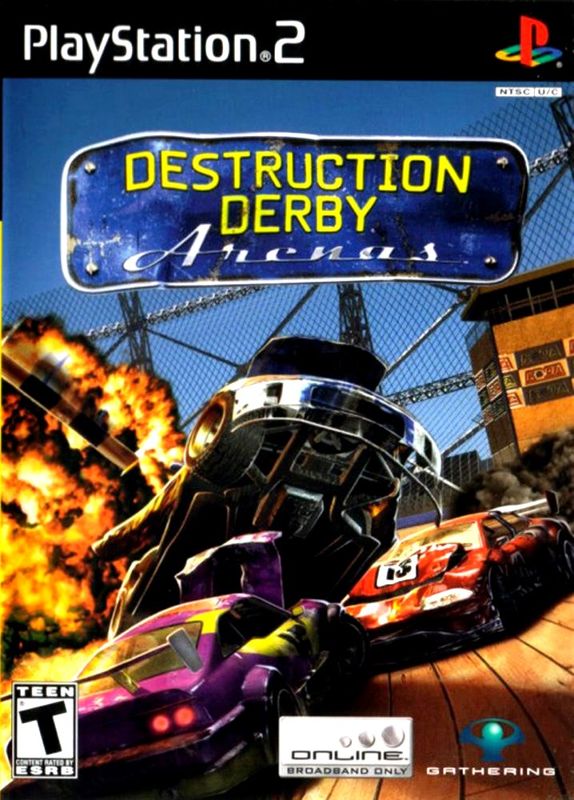
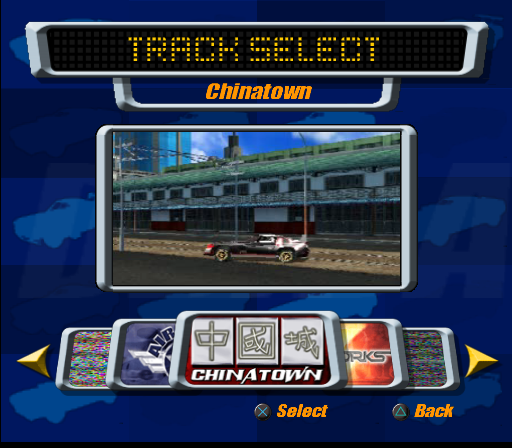
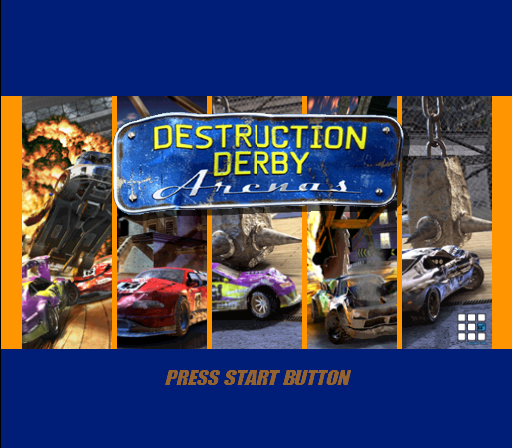
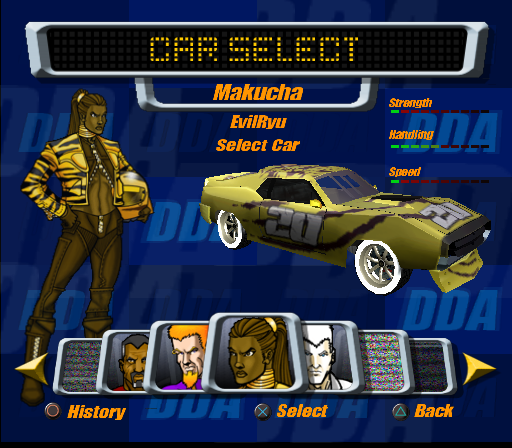
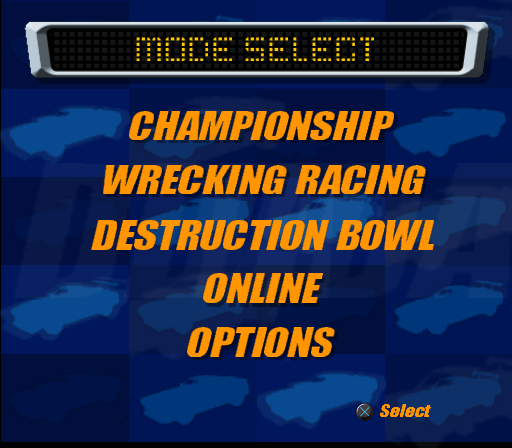

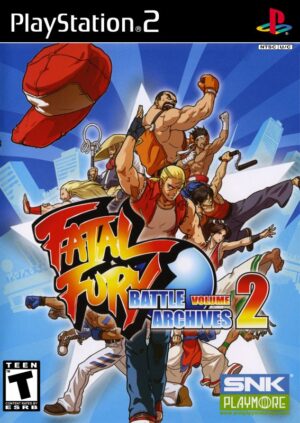

Reviews
There are no reviews yet.